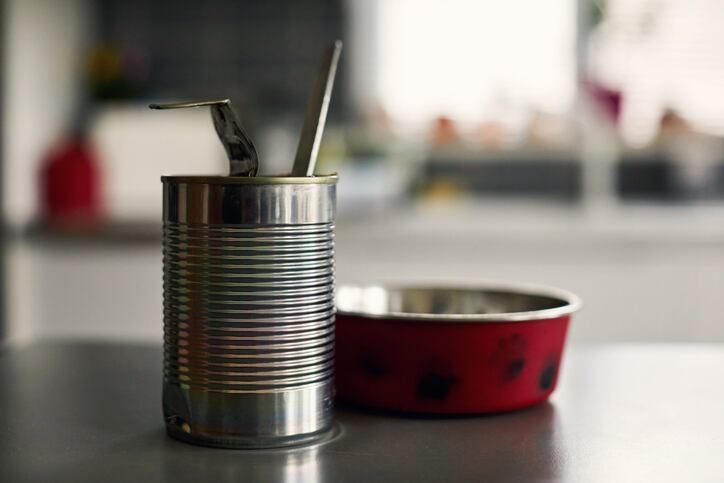That Bisphenol A (BPA) is a health concern for consumers is already well documented. Last year, a re-evaluation of the industrial chemical prompted the European Food Safety Authority (EFSA) to significantly lower the tolerable intake.
According to the European Chemicals Agency (ECHA), many bisphenols may damage fertility and disrupt the hormonal systems of people and animals. They may also cause skin allergies. Further, EFSA has raised concerns that BPA has potentially harmful health effects on the immune system.
But in fresh research out of Spain, a new concern has come to light: that BPA exposure could promote different microbial communities in children with obesity compared to normal-weight kids.
Microbial community differs in BPA exposed kids
BPA is an industrial chemical used to manufacture polycarbonate plastic, a material used to make some food contact materials – such as water dispensers or articles for food production – as well as in the manufacturing of food and beverage cans.
It is understood that small amounts of BPA can migrate from food contact materials into food and beverages. As a result, BPA is already banned in some packaging in Europe, including baby bottles. In France, the chemical is completely banned from food packaging, containers, and utensils. At an EU-wide level, the Commission has proposed a ban on BPA in food contact materials by early 2026.
Previous studies have suggested that high levels of exposure to BPA may alter the gut microbiome. To investigate this further, researchers in Spain studied a group of 106 children. The aim was to better understand variances in the microbiome of kids exposed to BPA.
Interestingly, the microbial community in children with obesity were different to those of normal weight. Specifically, more unique bacteria taxa (strain classifications) were identified in children of normal weight, compared to kids with overweight or obesity.
Are we at risk of unsafe levels of BPA exposure?
The short answer is yes. Just six months ago, the EU's European Environment Agency (EEA) found in an analysis of 2,756 adults from 11 European countries, all were exposed to unsafe levels of BPA.
What do these microbiome findings mean?
The findings suggest that exposure to BPA could promote different microbial communities depending on a child’s weight. Taking this one step further, the researchers suggested the gut microbiota in normal-weight children may be more resilient when exposed to substances like BPA.
“We found that the gut microbial community responds differently to BPA exposure depending on the body-mass index of the individual,” explained senior study author and microbiologist Margarita Aguilera from the University of Granada in Spain.
Such connections underscore the ‘intricate interplay’ between gut microbiota and potential human pathophysiology resulting from cumulative BPA exposure.
As to next steps, the researchers want to identity which microbes are involving in connecting BPA, obesity and the gut microbiome, which could ultimately help inform interventions and policy changes that could increase risk of childhood obesity. The research team also wants to investigate how gut microbiome composition is impacted by other synthetic chemicals.
“We want to raise awareness about the health risks associated with microplastics that enter our bodies and those that circulate in the environment,” said Aguilera. “It’s crucial for individuals to be mindful of these concerns.”
Source: Human Microbiome
‘Bisphenol A exposure affects specific gut taxa and drives microbiota dynamics in childhood obesity’
Published 1 March 2024
DOI: https://doi.org/10.1128/msystems.00957-23
Authors: Ana Lopez-Moreno, Klara Cerk, Lourdes Rodrigo, Antonio Suarez, Margarita Aguilera, and Alicia Ruiz-Rodriguez.



